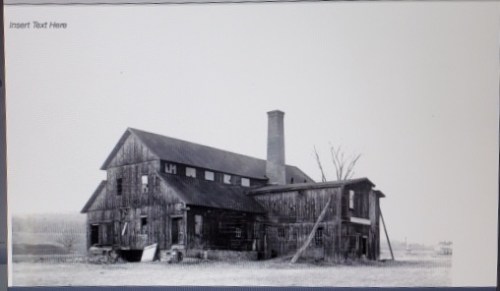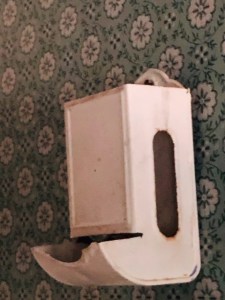Vernon history: The match factory

Did you know one of Vernon’s industries in the past was a match factory? I first learned about the factory on a Historians’ tour narrated by the late Barbara Moseley. What a wealth of information she had about Vernon! Fortunately, a previous tour was captured and put on a DVD available through the Historical Society. Many of her written historical stories have been in the Vernon Newsletter (and are posted on this website here).
When I went to search for information on the match factory, I was unable to find any written information about it. The factory was located across from the Town Office Building, on land that is now owned by Cersosimo Lumber Co. and was previously the site of the Peck Lumber Co.
Looking at the picture taken in 1905 of this three-story wood building sparked my curiosity as to who owned it, how many worked there, what did they make for wages, how long it was there, and what happened to it? Fire? Its location near the railroad tracks had to have been an advantage. I did learn that white pine and aspen were the preferred wood for matches and Vermont has plenty of white pine. This wood is straight-grained and porous enough to absorb the various chemicals and rigid enough to withstanding the bending force to strike the match. Without having written records the guess is that the factory was built in the late 1800s. Hopefully we might be able to learn more about it and provide an update on the building when it’s easier to use the town records for research.
I’ve included a picture of the kitchen match holder which was a familiar sight in many country kitchens, dating back many years. They can still be found in homes with wood burning stoves. Even today with other devices and with a measure of safety the Diamond Match Company produces 12 billion matches per year!
If anyone has any information to add about the match factory, please share it with us.
A reminder to those who enjoy hearing the tales of yesteryear from Grampa or others to write them down. If you live in Vernon, you are going to be part of its history.

